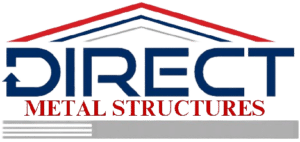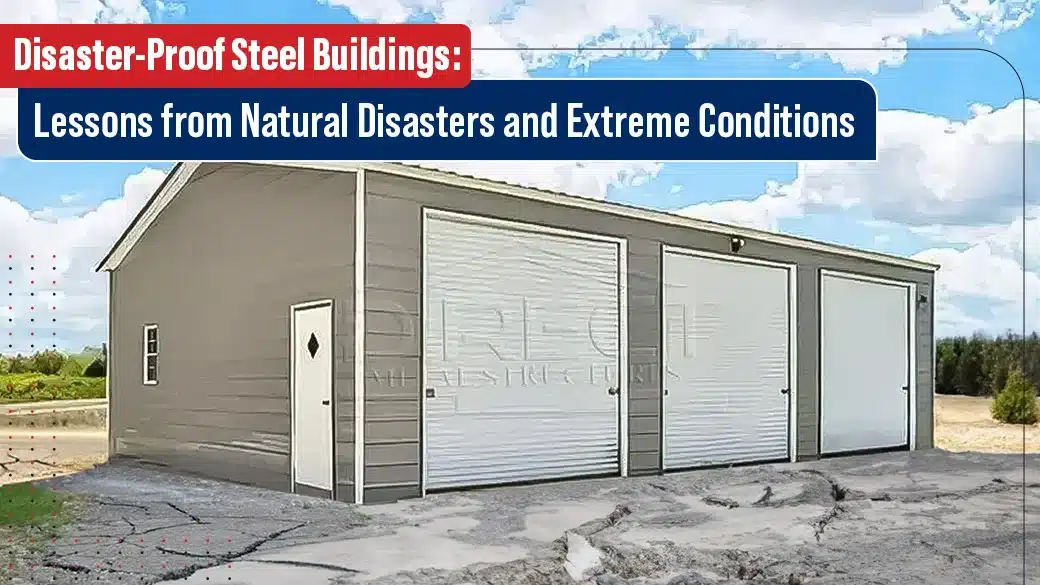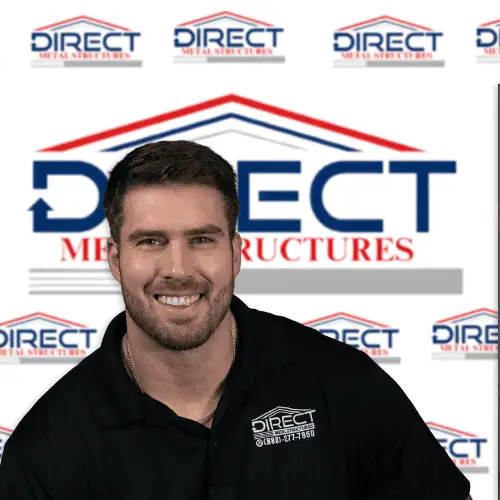Metal Buildings and Extreme Weather
Let's face it– extreme weather is here to stay. Whether it's hurricanes in the gulf, tornadoes in the Midwest, or flooding in the South, there's something for every home, farm, and business owner to contend with.
That's why many folks have turned to metal buildings to weather the storm. These structures are built tough, engineered for the climate, and are one of the leading ways to protect your things from hazardous weather.
In this blog, we’ll explore these structures and how they’re built to perform well in some of America’s most extreme conditions.
Lessons from Natural Disasters
Unfortunately, the term ‘disaster-proof’ building is a misnomer. There is no such thing as a building that’s perfectly secure from hurricane or tornado-force winds. However, we can learn a thing or two about how to build the best-suited structure for the job.
- Hurricanes
Hurricane Katrina and Harvey devastated thousands of traditional buildings while many steel structures remained intact due to their natural wind and moisture-resistant designs. Wood is susceptible to rot, decay, flood damage, and more, while metal buildings persevere.
- Wildfires
Every year, wildfires become more and more common. Traditional stick-built structures are highly vulnerable to fire damage, but steel buildings can remain structurally sound at temperatures as high as 1,200 degrees. This makes metal engineering one of the best options for climates with wildfire potential.
- Snow
Regions with heavy snowfall see significant damage from the weight of snow on rooftops. But with the right metal building and the right roofing system, metal buildings are better than ever at sticking out blizzards and snowstorms. These structures can withstand more and are far better at naturally removing snow accumulation.
- Earthquakes
Brittle wooden and concrete structures are vulnerable to tectonic movement, which can be dangerous in earthquake-prone areas. Steel, however, has proven to be one of the best materials for the job. Steel naturally flexes when met with seismic forces, allowing your building to sway when it otherwise would crack and break.
Why Steel Buildings are Better for Disaster-Prone Regions
For decades, wooden and concrete structures were the go-to choice for most home and business owners. However, as building technology has advanced, metal buildings have emerged as a superior option for protecting you and your things from violent weather. These are just a few of the reasons folks turn to steel buildings:
- Quality Materials
Metal farm buildings are made with galvanized steel, which is designed to flex when met with resistance. This makes it far stronger than wood or concrete when faced with wind gusts, snow loads, and other natural forces. - Durable Construction
Reinforced frames, heavy-duty fasteners, and secure anchoring systems make steel structures significantly stronger than traditional alternatives. - Snow and Wind Load Certifications
Metal farm buildings are tested and certified to meet the snow and wind load requirements in your area, so you can rest easy knowing they’re built for the job. - Earthquake Resistant
If you live in an earthquake-prone area, a metal building is a smart investment in your future. These structures are designed to flex and sway with seismic activity instead of cracking or breaking. - Fire Resistant
Unlike wood, metal does not ignite or fuel flames and can resist temperatures as high as 1,200 degrees Fahrenheit. This makes them the ideal choice for regions with wildfire activity.
What to Look for in a Disaster-Proof Steel Building
How do you know you have a building that's ready to handle the weather? These are some of the biggest things to look for when buying your disaster-proof metal building:
- Reinforced Steel Framing for High Wind Speeds
Steel buildings use heavy-duty framing that’s engineered to withstand sustained wind gusts. Choose a structure with framing and paneling reinforcements to guarantee you’re protected from high winds.
- Fire-Resistant Coatings and Insulation
Unlike wood, steel does not burn. You'll want to choose a building that's naturally resistant to combustion and ready to take the heat.
- Seismic Bracing and Flexible Foundations
Steel buildings naturally sway and flex when met with seismic forces. You can combine this with specialized flexible foundations to create a structure that's perfectly suited for seismic-prone regions.
- Snow Load-Rated Roofs for Harsh Winters
Some buildings are strong but aren’t meant to hold up to a wall of snow. Buy a steel building that’s reinforced with thicker framing and paneling and certified to withstand the average snow loads in your region.
Go Direct and Stay Protected in Any Storm
Whether you're starting a business or just upgrading your backyard, Direct Metal Structures is proud to be your first choice for steel structures. Our metal buildings are designed to last for years and provide reliable service from start to finish, even in tough climates.
They're backed by warranties on framing and paneling and built to go to work for you day in and day out.
Ready to take the next step? Call our experts today at 888-277-7950 and get a custom quote. We’ll answer all your questions and create a structure that will serve your farm season-in and season-out.




